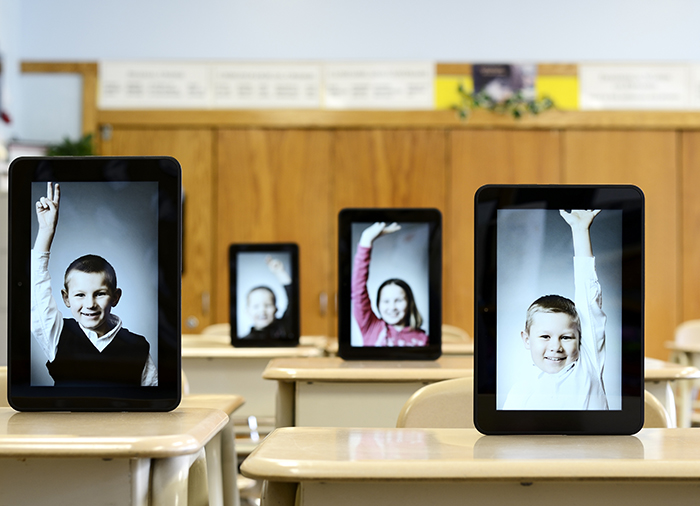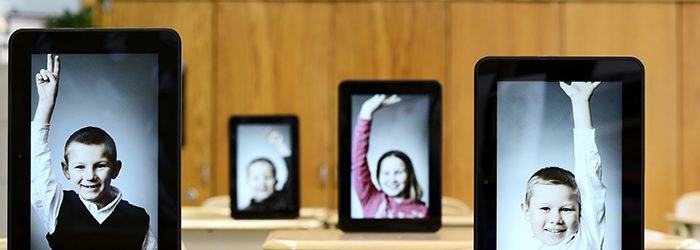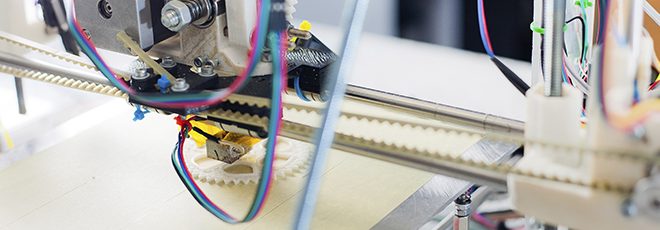It’s no surprise today that technology continues to revolutionize the way we absorb information. Schools are also capitalizing on the surge of technological advances by testing technologies in the classroom. Social media, flipped classrooms, and mobile learning are just a few of the ways that technology is changing traditional ways of learning.
Here are a few technological trends that are already in classrooms and could transform education in 2016.
Virtual Reality
Virtual reality (VR) is becoming one of the largest technologies of the year with virtual classrooms on the rise. VR is now more affordable than ever before, helping to provide students with more out-of-the-classroom experiences. Companies like Google, Facebook, Samsung, Sony and HTC have already capitalized on this to enhance the educational experience.
Google’s Expeditions Pioneer program brings smartphone-powered Google Cardboard headsets that cost about $15 and introduce students to VR technology via a viewfinder. These “real-life” virtual environments expand learning beyond field trips to include realistic educational experiences such as classes, one-on-one meetings with teachers, or the ability to practice speeches in front of a virtual audience.
3D Printing
3D printers are enhancing experimental learning in classrooms. Students are now able to bring their ideas to life pretty quickly, allowing them to develop concepts that previously only lived in textbooks. As 3D printing becomes more affordable with the barrier to entry continuing to drop in 2016, classrooms will be a commonplace for students to create and test things. “Makerspaces” – local labs equipped with 3D printers and fabrication tools are also popping up to urge learners to develop new skills.
The Internet of Things (IoT)
The network of connectable technologies is growing, causing technology to become more interactive than ever before. More connectivity means more opportunities for educators and students to collaborate with one another and reach a world outside of their own classrooms. Gesture-based controls and Internet-connected devices could make classrooms more transformative places. Mobile learning through mobile devices can also give students on-the-go access to educational tools and applications, transforming how they communicate inside and outside of the classroom. Other implications for education include tailored assistance for special needs students and increased school security.
Wearable Technology
Wearable tech is the current trend of IoT and according to News Media Consortium, it’ll become more widespread in classrooms in 4 years. “Wearables” refer to any device you can wear (e.g., headsets, fitness trackers and smartwatches). Some wearables already redefining the learning space include Google Glass, an augmented reality headset that can allow students to document field trips and conduct experiments, amongst other things. Muse is another device; the brain-sensing headband can tell you how your class reacts to activities and which are most conducive to learning. A key benefit of wearables is that students can explore and interact at their own pace and observe a simplified review of learning. They also benefit educators by helping them track GPS on field trips, record point-of-view lessons and provide more options for collaboration amongst colleagues.




